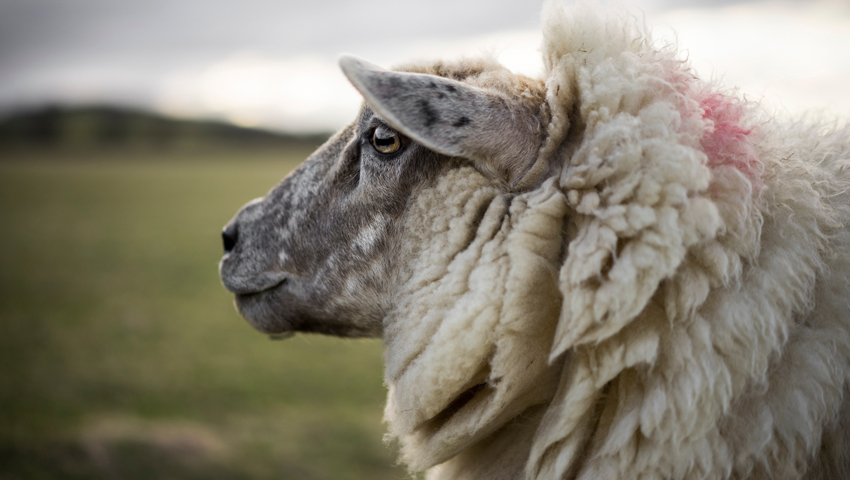ARTIFICIAL intelligence (AI) offers enormous potential to be able to recognise farm animal emotions, including pain. This could help to prompt early stage diagnosis of emerging conditions.
Writing in Frontiers In Veterinary Science, Suresh Neethirajan says that “Numerous studies show that just like humans, non-human animals are able to feel pain, fear and joy amongst other emotions, too.”
He says “While behaviourally testing individual animals to identify positive or negative states is a time and labour consuming task to complete, AI and machine learning open up a whole new field of science to automatise emotion recognition in production animals.”
To improve the welfare of farmed animals we must first be able to recognise and understand their emotional states. The question is how automated AI processes can help to achieve this?
Neethirajan says, “More studies keep appearing that show a correlation between indirect measures and the results of behavioural tests. Such indirect measures include hormonal assessments, physiological measures, facial expression, brain activity, thermal imaging, vocalisations and movement.
“In multiple farm animal species (cattle, sheep, goats, horses, pigs, poultry), emotional valency has been associated with particular vocalisations, changes in nasal temperature or eye temperature, cortisol levels, heart rate and heart rate variability, respiration rate but also facial expression and the (change in) position of the ears and tail.”
There was a flurry of excitement in 2017 when AI was developed that could assess pain levels in sheep to an accuracy of around 80%.
Researchers from the University of Cambridge developed a system which used five different facial expressions to recognise whether a sheep was in pain, and to estimate the severity of that pain.
Building on earlier work which teaches computers to recognise emotions and expressions in human faces, the system was able to detect the distinct parts of a sheep’s face and compare it with a standardised measurement tool developed by veterinarians for diagnosing pain.
Severe pain in sheep is associated with conditions such as foot rot or mastitis. Both of these conditions are common in large flocks, and early detection can lead to faster treatment and pain relief. Reliable and efficient pain assessment would also help with early diagnosis.
In order to make the process of pain detection more accurate, the Cambridge researchers behind the study developed a Sheep Pain Facial Expression Scale as the basis of an AI system which uses machine learning techniques to estimate pain levels in sheep.
Professor Peter Robinson, who led the research, normally focuses on teaching computers to recognise emotions in human faces, but he became interested in exploring whether a similar system could be developed for animals.
“There’s been much more study over the years with people,” said Robinson, of Cambridge’s Computer Laboratory. “But a lot of the earlier work on the faces of animals was actually done by Darwin, who argued that all humans and many animals show emotion through remarkably similar behaviours, so we thought there would likely be crossover between animals and our work in human faces.”
In his Frontiers paper, The Use of Artificial Intelligence in Assessing Affective States in Livestock, Suresh Neethirajan concludes that “It is important to recognise the problems and goals that each individual farmer might face, in order to tailor smart systems to the needs of the farm and in effect, its animals.
“Whereas the need for reducing disease, infection or conflict might be higher in some places and/or species, other farmers might desire to adopt even more animal-friendly and humane practices and want to focus on monitoring positive affective states to uplift animal welfare.”
